Pat Beauvais is the founder of the Heart & Soul Equine Foundation, a non-profit organization that provides equine assisted therapy for adults and children, using former race horses that have retired or been rescued.
Heart & Soul Equine provides a unique therapeutic experience that allows sufferers of a range of mental and physical ailments, from depression and post traumatic stress disorder (PTSD), to strokes and dementia.
The horses used for equine therapy also benefit from the sessions as the former working horses, who ran at racetracks around the country, have been given a second purpose after retirement.
Thoroughbred horses make hundreds of thousands or even millions of dollars for their owners throughout their racing careers.
The successful ones are used for breeding or competition sports like show jumping post-retirement, but those who fared average or ended their time on the track because of illness or injury, are often destined to a much grimmer fate: The slaughter house.
What Happens To Race Horses When They Retire?
The average thoroughbred horse has a racing career that lasts around 2-3 years, before they’re forced into retirement due to an array of factors that include poor performance, illness, injury or behavioral problems.
Despite their flash in the pan time at the track, the average lifespan of a horse is 25-30 years. So what’s a retired race horse supposed to do for the rest of their lives after they’ve been bred and used up by a sport that is a multi-billion dollar a year industry?

The males with winning records with be used as stud horses to breed the next generation of derby hopefuls like 2015 Triple Crown winner American Pharaoh, who has sired several winners with mares that were strong runners during their racing years.
Horses who still remain athletic after participating in monthly or even weekly races for purses, which can exceed a million dollars, may be utilized for timed competitions like show jumping, eventing, or barrel racing.
Many will become trail riding horses or live out the rest of their working years guiding and controlling livestock on ranches. Those are the lucky ones, the rest will be killed for their meat and consumed across the globe.
How Many Race Horses Are Slaughtered A Year?
According to PETA, “the Thoroughbred-racing industry sends an estimated 10,000 horses to slaughter annually, meaning that half of the 20,000 new foals born each year will eventually be killed for their flesh.”
In 2015, an estimated 130,000 American equines were slaughtered in Mexico and Canada, then shipped off to feed the horse hungry masses in Europe and Asia.
On June 10, 1978, Affirmed became the eleventh horse to win the Triple Crown. Twenty-two years later, Affirmed’s granddaughter, Fudge Ripple, was sent to auction after spending years passing her genetic excellence off to foals bred for racing.
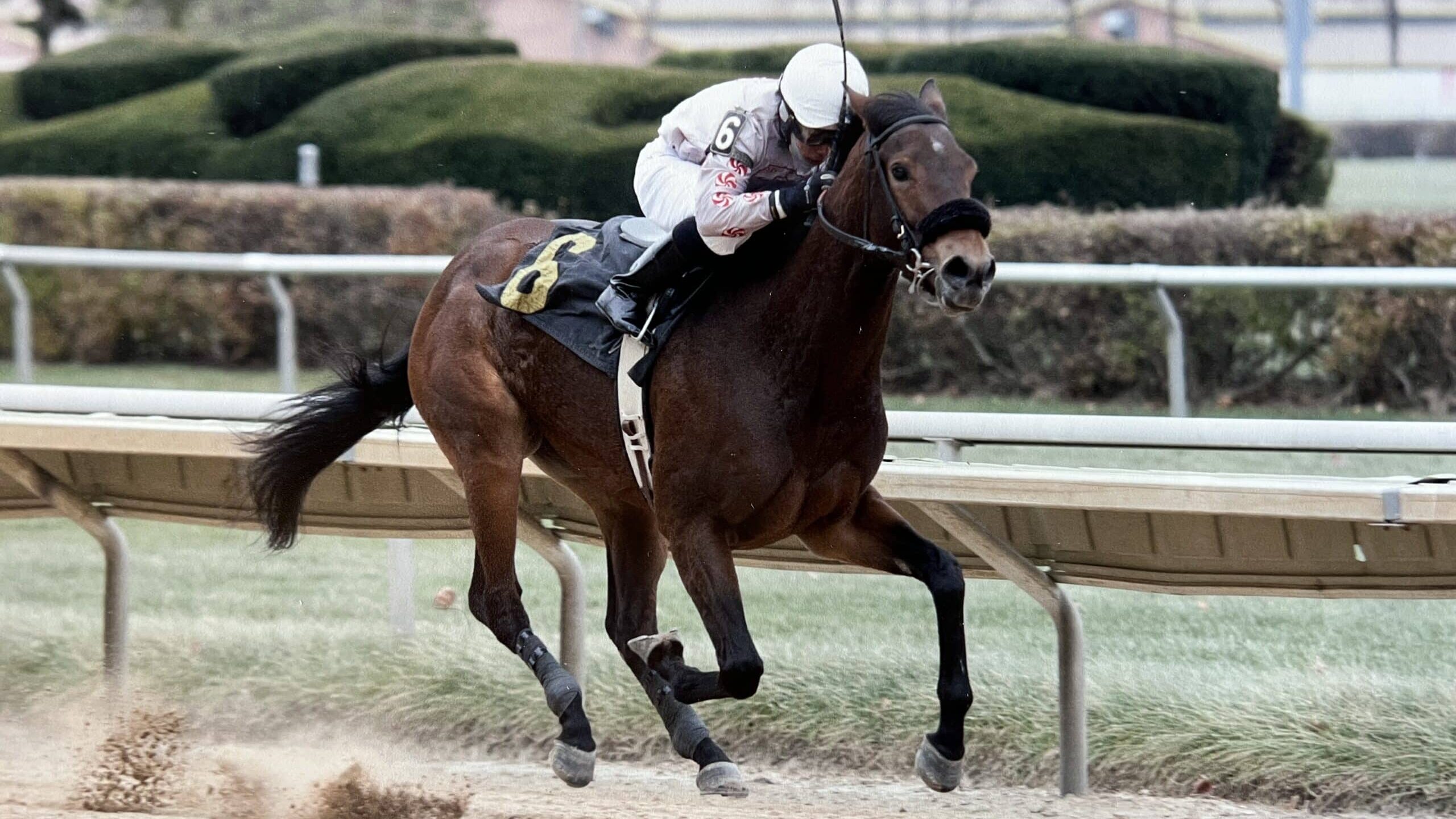
She was sold to a kill buyer that planned to slaughter her and sell the meat, but was fortunately rescued by the Unbridled Thoroughbred Foundation.
Pat Beauvais was found herself in a similar situation with her horse Remy, who she rescued from the slaughter for $2,500.
“There is an influx of horses that people don’t know what to do with once they’re done racing,” Pat explained.
“There are organizations at each of the tracks that take in retired race horses, and they do a really good job at re-homing them, but not everybody wants to pay to have their horses re-homed.”
“With the escalated cost in grain and hay, more and more people are going to be unable to feed these horses, and it’s going to become a problem,” she detailed.
Is Horse Slaughter Legal In The United States?
Horses were subjected to slaughter in the United States until 2007. However, the Agriculture, Rural Development, Food and Drug Administration, and Related Agencies Appropriations Act of 2006 eliminated federal funding for the inspection of horse slaughter plants, effectively prohibiting horse slaughter in the country.
The ban has been renewed annually since then, leading to the closure of the last three horse slaughterhouses in 2007.
Although horse slaughter no longer takes place in the United States, the risk to American horses remains. Instead, horses sold into the slaughter pipeline are transported to facilities located in Mexico and Canada.
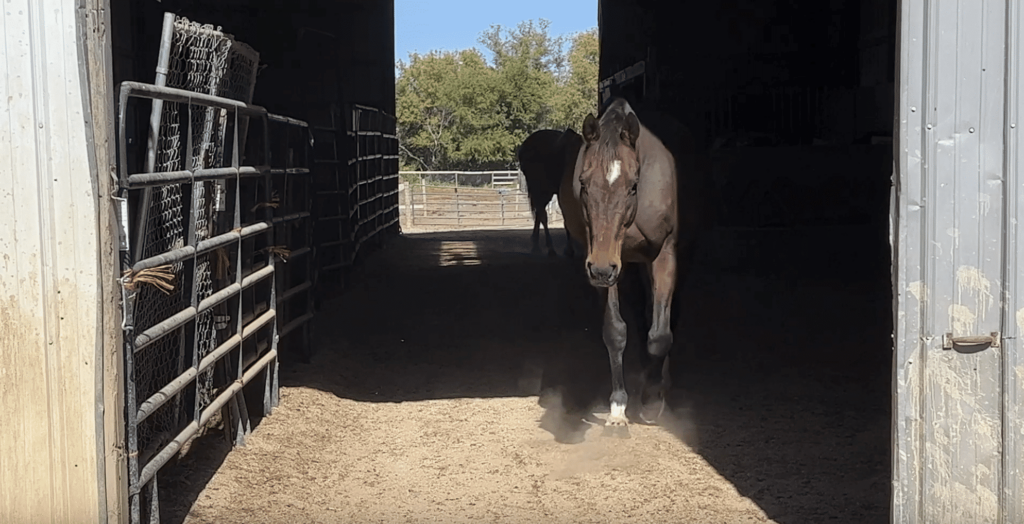
In 2020, it was estimated that around 36,885 U.S. horses were sent for slaughter, significantly down from the 130,000 of 2015, but still a barbaric practice that continues to thrive.
To Pat’s knowledge, there are four horse haulers currently active and licensed in the United States.
Some of the haulers have a non-profit “horse rescue” attached to the business, but if the horses don’t get adopted out they end up being slaughtered.
“Remy was a perfect case of that, he was sold to a slaughter pen and we had a small window to try to get that horse rescued,” she said.
Heart & Soul Equine Foundation held a fundraiser to purchase Remy for $2,500, which Pat estimates was a $1,900 profit for the hauler, who likely paid $600 for the horse.
To make matters worse, when Remy came to the foundation, he was “unglued” as Pat described him.
He was afraid of people and other horses, which Pat said was a result of being forced to fight for his food while waiting to be sent to the slaughter.
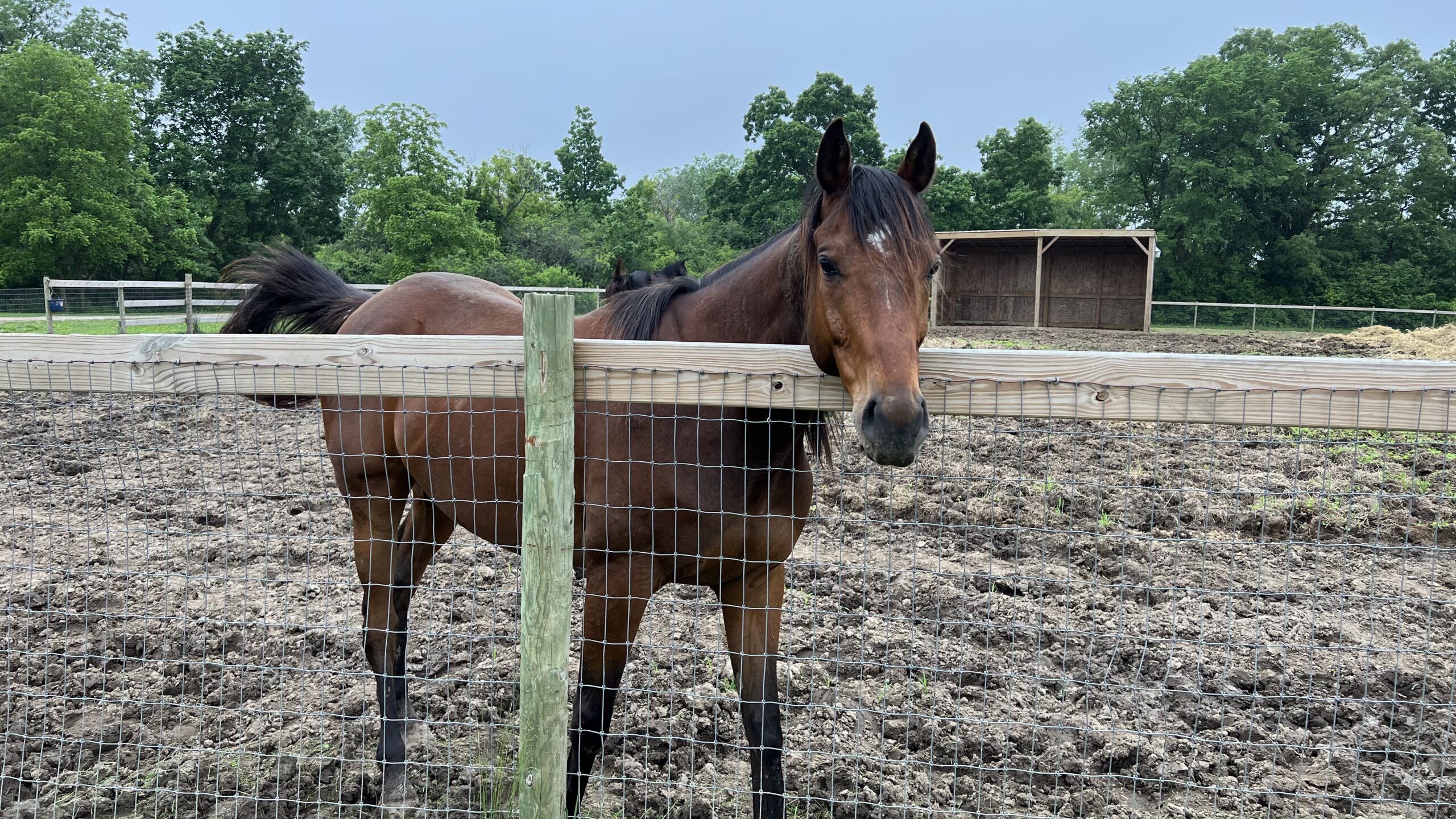
“When they get sold to a killer pen, they get thrown into a small pen with multiple horses,” she described.
“They just take a handful of food and throw it into the pen, and all the horses fight for the little pieces of grain that are on the ground.”
When Remy came to Heart & Soul Equine Foundation he was severely malnourished and underweight. Pat was forced to isolate him from the herd because he was terrified of them.
After two years of intensely rehabilitating Remy, she was able to integrate him with the other 41 horses under her care, with whom he now happily frolics and loves to receive attention from their human handlers.
Remy has just taken on his first patient, a young girl, and Pat said he was “perfect” with her.
How Equine Therapy Benefits Patients And Horses
The Heart & Soul Equine foundation is a double-pronged endeavor. The horses are not only rescued from potentially horrible fates, but they’re given a “new purpose” to help ailing children and adults.
Pat’s horses work with patients suffering from a wide variety of conditions spanning from anxiety and learning disabilities, to traumatic brain injury and paralysis, along with those afflicted with Alzheimer’s and in hospice care.
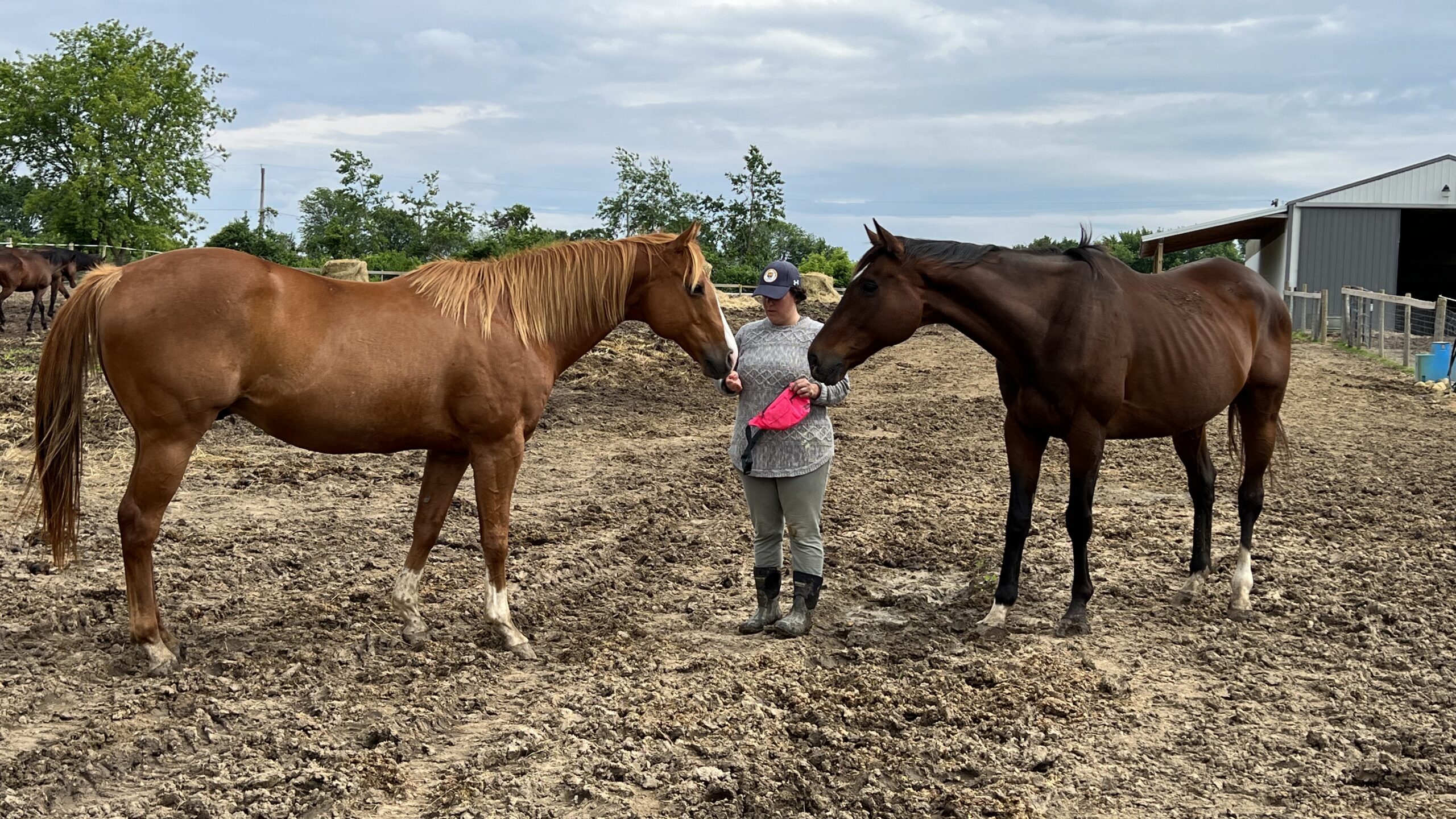
Participants are taught the proper way to brush, pet, and bond with the horses. In certain circumstances, particularly with children, they are taught how to ride.
Their most successful endeavor is the Buddy Program, which pairs a participant with a specific buddy horse that they spend time with each time they visit the foundation, a one-on-one experience Pat believes helps to heal loneliness and depression.
The benefits of equine therapy include reduced levels of anxiety and isolation, increased trust and impulse control, along with better self-esteem and a higher level of happiness.
Did you miss Cathy Morelli’s Featured Showcase?
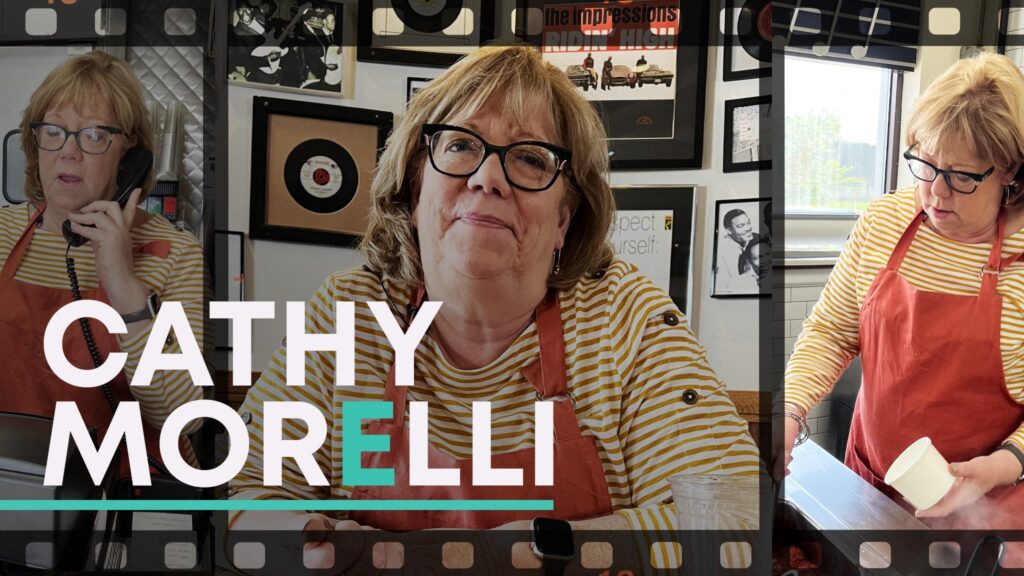
Synapse House Executive Director Deborah Glesler believes the benefits to their members, who are recovering from traumatic brain injuries and strokes, are substantial.
She said that working with Pat’s horses helps their members functionally work on different skills. For those with cognitive deficits, it helps them focus, follow directions, and communicate.
Those who have more physical deficits benefit from working on fine motor skills like opening their hands to feed the horses treats or pet them.
She finds that equine therapy is “way more rewarding” than doing the exercises in a room, and gives the members, who are cared for themselves, the autonomy to take care of another living creature.
Why Pat Beauvais Is A Hero
The Heart & Soul Equine Foundation is Pat Beauvais’ most challenging endeavor, and she’s someone who knows how to get things done.
Beauvais served as the First Ward Alderman for her hometown, Des Plaines, Illinois, for sixteen years from 1993 to 2009. She was appointed to the Illinois Racing Board for the 2011 season, and has worked for Advocate Health Care as Field Operations Advisor for the last decade.
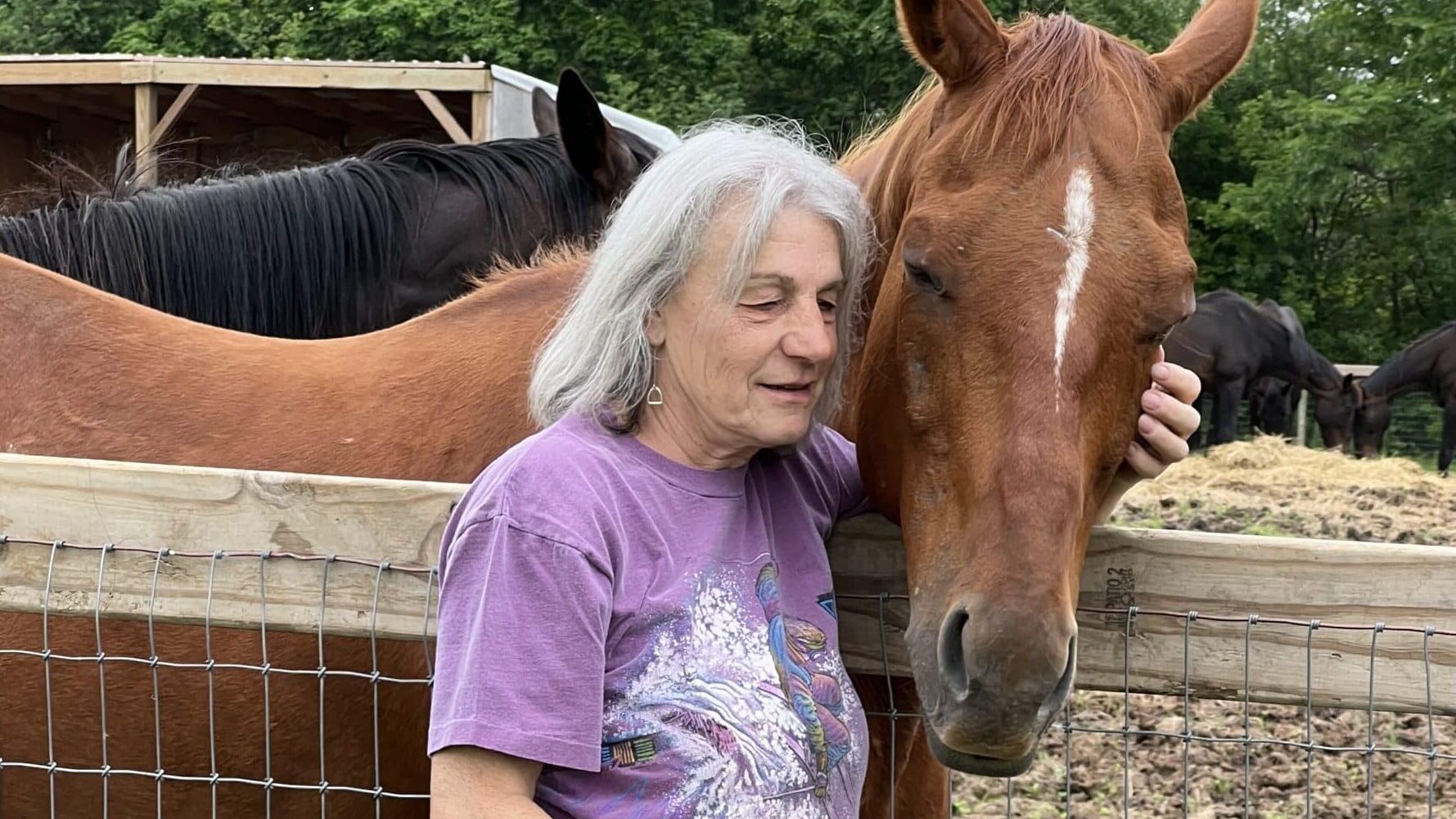
Pat was initially running the foundation out of a rental facility in Kentucky, but bought a farm to house her 42 rescue horses in Harvard, Illinois, a few months prior to the pandemic.
When COVID struck, she was just getting the farm up an running, at a time where prices quadrupled, and lockdowns caused both volunteer and donor support to dry up.
Despite the skyrocketing costs to feed and care for her herd of 42, Pat has kept the cost of equine therapy free to those who need it.
“I feel the people that really need the help, that the horses can give them, a lot of times they don’t have money,” she remarked. “And that’s not the reason to do something, the reason to do something is to have people benefit from it and have the horses benefit from it.”
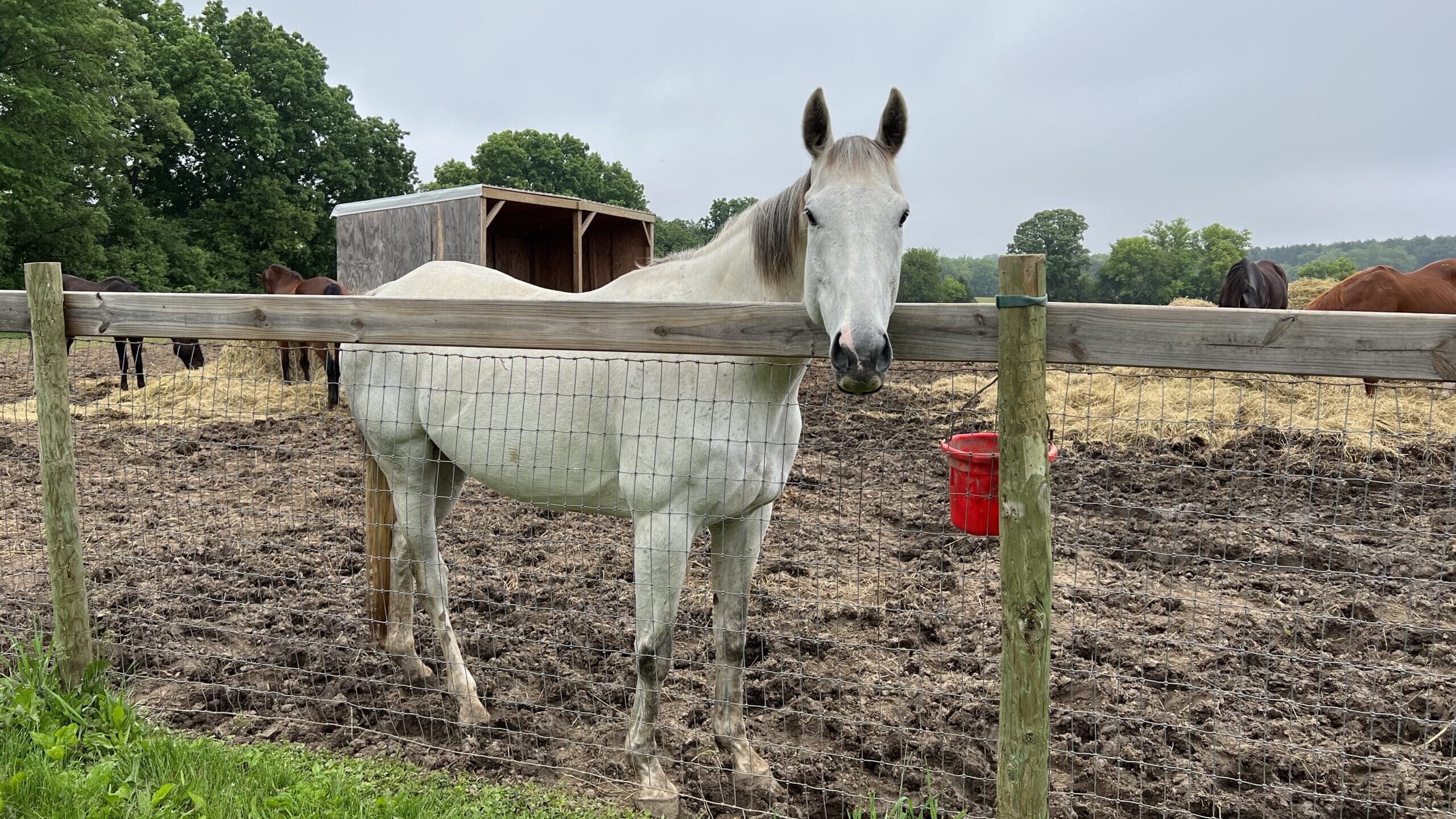
“I don’t want to have money be our lead,” Pat concluded. “I want the purpose to be our lead.”
The Heart & Soul Equine Foundation is funded 100% on donations and by Pat’s sacrifice. This past year she sold her longtime home in Des Plaines and moved into an unfinished single-story structure on the the farm, so the money from the sale could be used to support her horses.
Resources
Follow the links below learn more about the Heart & Soul Equine Foundation and donate to the care of the herd.
DONATE to Heart & Soul one time, sponsor one of the horses, or become a corporate sponsor.
Learn more about the foundation’s PROGRAMS.
SCHEDULE AN APPOINTMENT to visit the farm in Harvard, Illinois.
Check out their FACEBOOK page for horse videos, pics, and news.